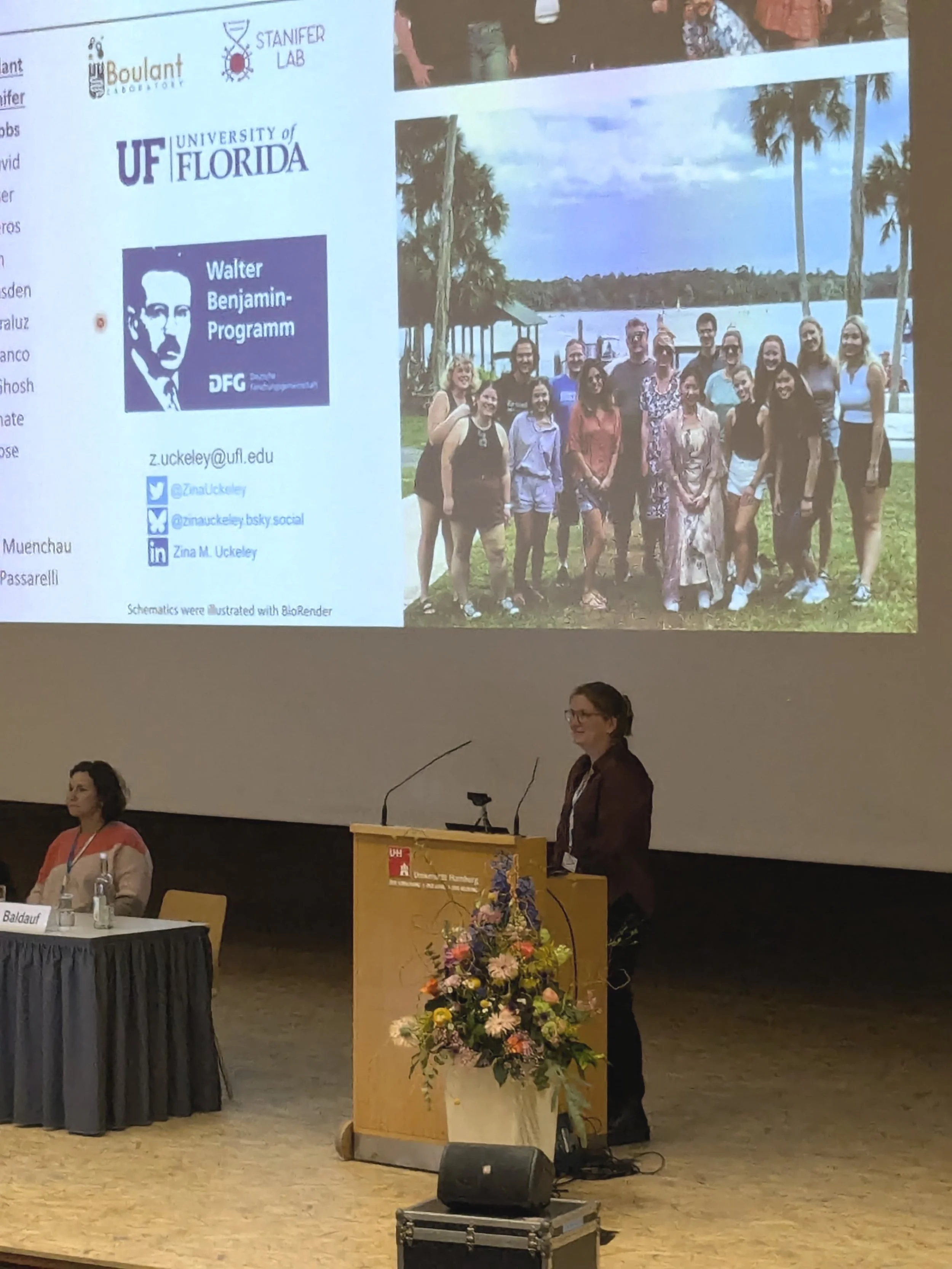
Boulant Lab
Laboratory of integrative intestinal antiviral immunology
Our laboratory aims at understanding how the human intestinal epithelium on the one hand tolerate the presence of the intestinal microbiota while, on the second hand, can effectively combat enteric pathogens.
Our research focuses on unique cytokines, the type III interferons (interferon lambda) which are critical to protect the intestinal epithelium against enteric viruses.
We are developing novel technologies, organoids and bioengineered model systems to integrate how the physiological cellular and biochemical gut microenvironment impacts host/pathogen interactions, pathogenesis and outcome of infection.
News from the lab
Undergraduate student rising star
We are proud of Victoria Karaluz. She is the first undergraduate student ambassador of the Emerging Pathogen Institute (EPI).














